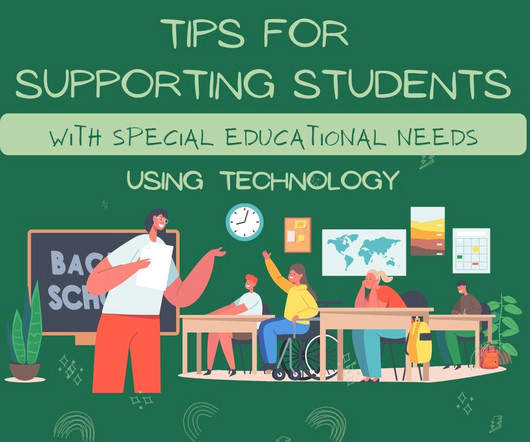7 ways AI will make a positive impact on classroom teaching
eSchool News
AUGUST 14, 2024
By analyzing patterns in students’ grades, attendance, participation, and other behavioral indicators, AI algorithms can predict potential academic risks and learning disabilities. This can significantly enhance learning outcomes by ensuring students receive the support they need to master the material.














Let's personalize your content